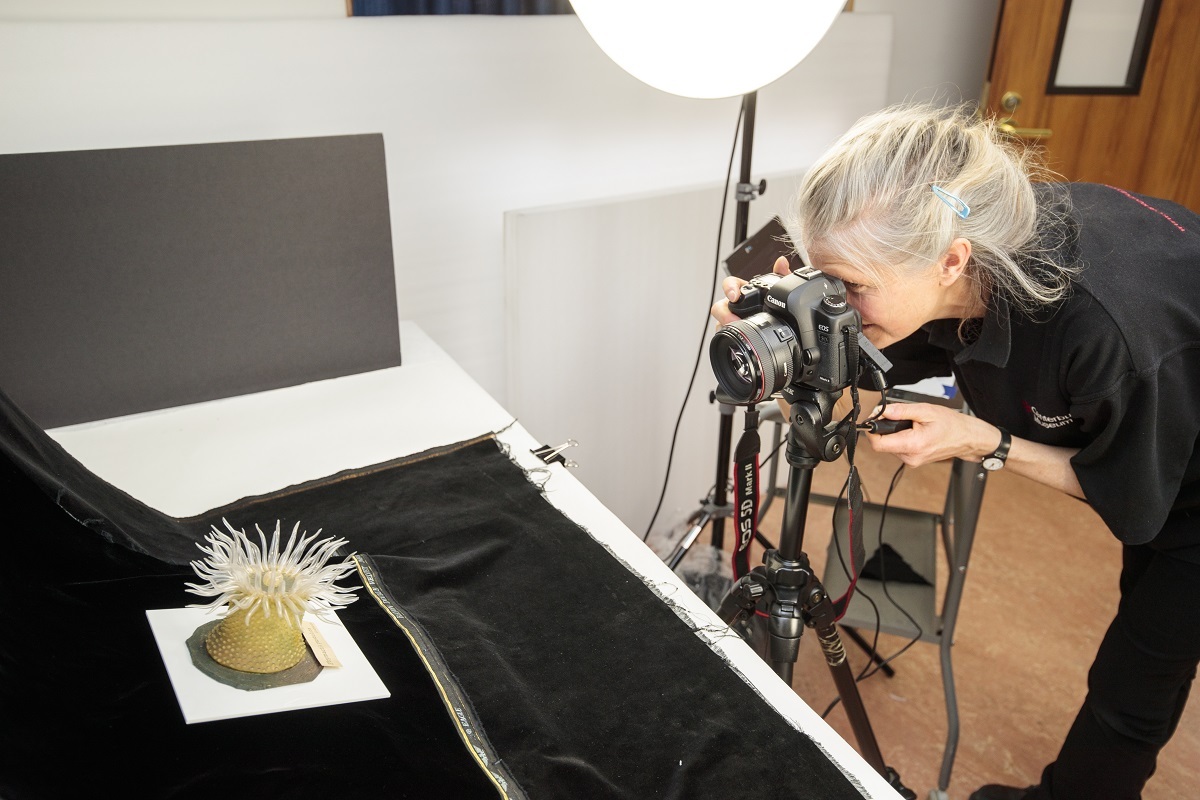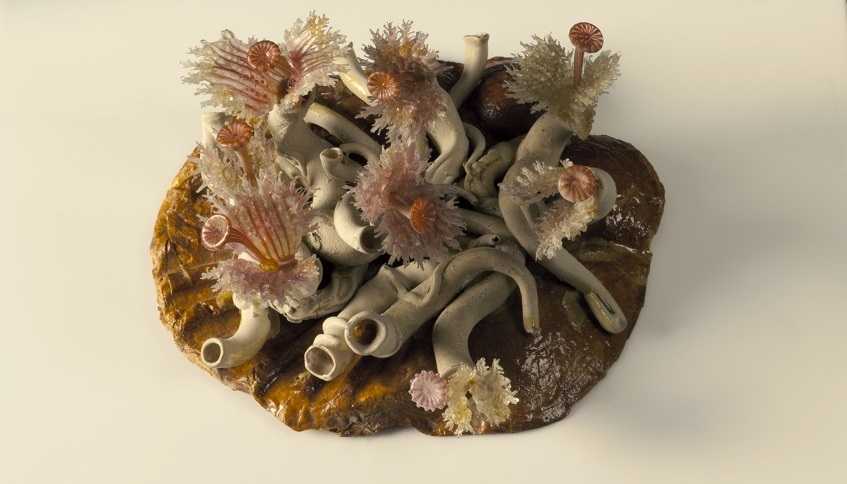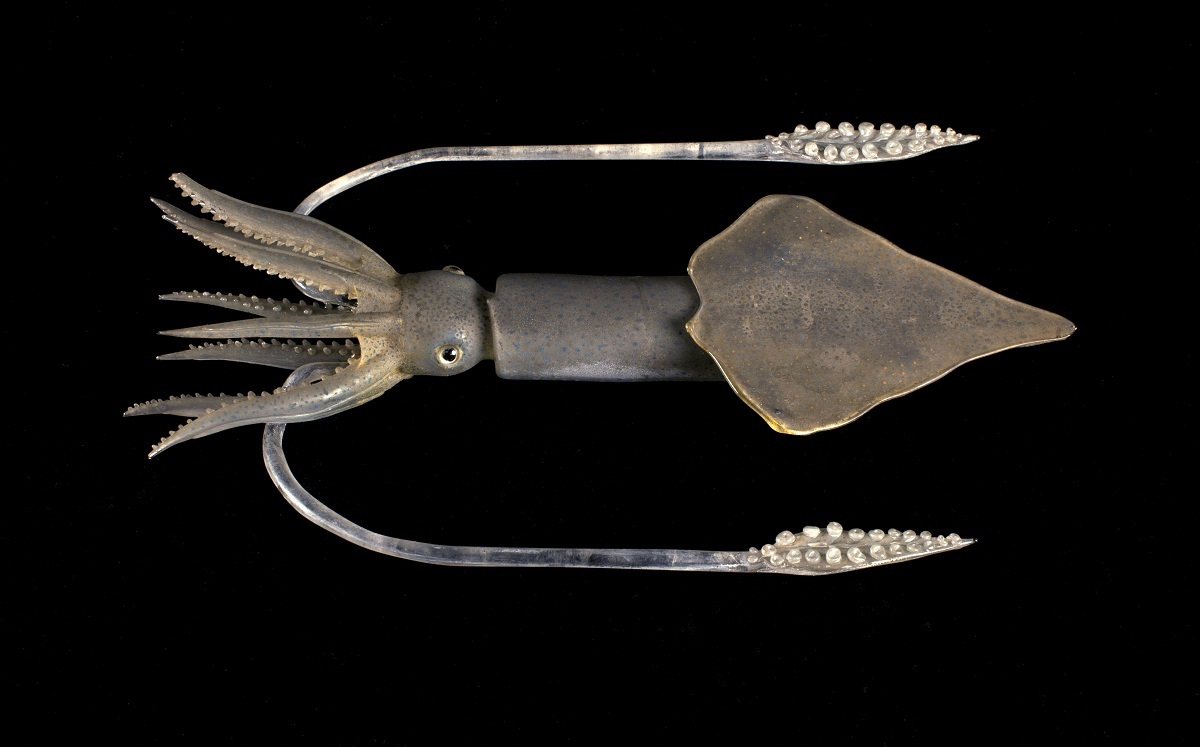Collections Technician, Lynette Hartley looks at the Museum's Blaschka models - artistic marvels in the field of science and scientific marvels in the field of art.

Staff at Canterbury Museum have recently completed photographing what we fondly call “The Blaschkas”. This is an irreplaceable collection of models of marine creatures hand made from glass. “The Blaschkas” came to Canterbury Museum over 130 years ago. They are particularly captivating; while they are accurate natural history models they are also considered works of art.
The models were created by a father and son team, Leopold and Rudolf Blaschka, descendants of a long line of Bohemian glass workers. The father, Leopold worked in a family business that in the mid 1880s was producing glass ornaments, lab equipment and glass eyes (for people who had lost an eye).

Leopold experimented with making glass models of plants including orchid flowers. These plant models caught the attention of the director of the Dresden Natural History Museum who commissioned Leopold to make 12 sea anemones. Leopold already had an interest in jellyfish having studied and sketched marine creatures on a sea voyage 10 years earlier. He had been fascinated by their shapes and transparent bodies.
The development of natural history museums accelerated in the mid to late 1800s. They were immensely popular and exemplified the Victorian passion for the natural world, knowledge, collecting and order. A comprehensive and educational display of the natural world, in a proper order according to new scientific classifications, was a highly valued feature of these new museums.

However a problem arose when museums wished to display a comprehensive collection of marine animals. Many groups, eg jellyfish, could not be mounted like mammals or birds and putting them in preserving fluids destroyed virtually all their natural colours. Blaschka glass models became prized as a better display solution and Leopold Blaschka started selling them in 1867.
Canterbury Museum was also established in 1867 as a natural history museum with displays featuring moa bones, plants, rocks and minerals. In 1882 the Museum ordered a selection of Blaschka models. In 1883 the glass models of marine animals were proudly put on display having arrived by sea from Europe. The event was heralded in Christchurch's The Press newspaper.

The Museum holds 129 Blaschka models, the largest collection in the Southern Hemisphere. Eleven models are on display in the Victorian Museum in The Christchurch Street and are worth a look. The remainder are held in storage for research purposes and the Museum has recently finished a project photographing all the Blaschkas. The photography is part of a larger project to re-catalogue and repackage all the Blaschkas to maximise their safety and security.
Leopold and Rudolf spent the rest of their lives making glass models. In 1890 they abandoned marine models altogether when they were offered an exclusive contract to make glass botanical models; the astonishing Harvard Glass flowers. When Rudolf, the son, retired in 1938, aged 80, he left no apprentices and this extraordinary synthesis of Victorian natural history and craftsmanship ended.





